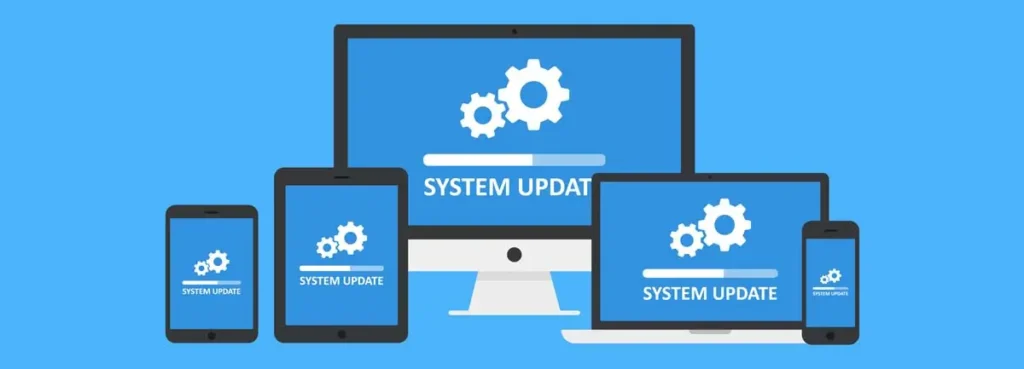To make sure your WordPress website is delivering the best possible experience to its users (and it’s still working in line with SEO best practices), you need to make sure it’s updated on a regular basis.
If it’s been a while since you showed your WordPress website some love, it might be time to take a deep breath, dig out your log-in details, and make a few key changes within the CMS that will bring your platform bang up to date.
1. Make sure you’re running the latest version of WordPress
There are plenty of reasons why you should be using the latest version of WordPress. Every new release is designed to fix existing bugs, introduce new features, improve site performance and, crucially, improve your website’s security.
Because WordPress is an open source platform, anyone can learn its source code and find ways to manipulate it and improve it. Unfortunately, though, there are a lot of people out there who are taking advantage of the system’s accessibility by spotting vulnerabilities and using them to gain unauthorised access to privately owned websites. You can learn more about WordPress’ vulnerabilities in my recent blog post.
Tread with caution, though. If it’s been years since you last updated WordPress, there’s a chance that doing so could crash the system. You’ll need to speak to a web designer (like me!) to determine whether or not the new version is likely to cause problems within your template.
2. Review your plugins
Plugins are those handy additional features that can be bolted on to your theme to give your website extra functionality. There are literally thousands of them available, and they’ve all been invented and developed by open-source coders.
The question is, though, do you really need all of your plugins? Are there add-ons within your CMS that are no longer serving a purpose? If so, streamline your back-end system by getting rid of them altogether.
Some plugins pose a higher security threat than others. For example, backup plugins and SEO-related plugins are considered fairly safe, while contact form plugins and e-commerce plugins like Woocommerce are notoriously susceptible to hacker attacks. Again – if you don’t need them, remove them straightaway to avoid putting your site at risk.
3. Add an SSL certificate
If you’ve never heard of SSL before, you could be in trouble!
SSL, which stands for Secure Sockets Layer, is a security protocol that encrypts sensitive information that’s being passed between computer networks to ensure that only the intended recipient can access it. It also provides authentication, which means it gives you 100% assurance that you’re sending data to the right server.
You can implement SSL on your WordPress website by installing an SSL certificate from a trusted vendor. The easiest way to do this within WordPress is to add a tried-and-tested SSL plugin – such as Really Simple SSL, WordPress HTTPS or Force HTTPS – to your site, then follow the instructions.
Some web hosting plans now offer SSL certificates as standard, so check your package details to see if you can pick up one for free!
4. Make your site mobile responsive
More than 50% of web users are accessing the internet via their smartphone or tablet, which means it’s more important than ever to ensure your website renders correctly on these kinds of mobile devices.
Take Google’s Mobile Friendly Test to see if your existing WordPress website works well on a wide range of screen sizes. If Google tells you that your page isn’t mobile-responsive, you have a couple of options.
You could install a more recent WordPress theme, which is more likely to be developed with mobile users in mind and will do most of the hard work for you. If this isn’t possible, you could try installing a plugin such as WPTouch, which will change your existing content into a more mobile-friendly format and present this to tablet and smartphone users.
5. Improve your page load speed
Slow-loading websites really don’t age well! Pages that take a long time to appear are a real turn-off for potential customers, and what’s more, they’ll fail to impress the search engine crawler bots, which means your site is less likely to rank highly in Google, Bing and the other major search platforms.
You can improve the page load speed of your WordPress website in a number of ways. If your load speed has been poor for some time, think about switching web hosting providers; if your site is hosted in a shared environment, you can pretty much guarantee it’s not going to perform at its best. You can use plugins such as WP Smush to reduce the size of your images, which will speed up your site without compromising graphics quality. If these methods don’t cut it, try implementing GZIP compression to reduce bandwidth usage, and ask your developer to minify your JS and CSS files for faster speeds.
